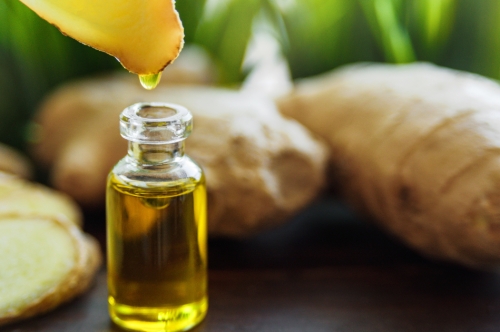Mint in the Oral Care Industry: A Fresh Perspective on Toothpaste Flavours

Introduction
Toothpaste is an integral part of our daily lives. While most of us might not give a second thought to the type of toothpaste we use, the truth is that the choice of flavour significantly affects our oral hygiene routine. From traditional mint to adventurous flavours like cinnamon, citrus, and even chocolate, the toothpaste market is filled with various flavours catering to a wide array of preferences. However, mint continues to dominate the oral care industry as the most popular flavour of toothpaste. This article explores the fascinating world of toothpaste flavours, particularly emphasising the role and dominance of mint.
Why Mint?
Mint has long been associated with freshness, cleanliness, and invigoration, making it an obvious choice for oral care products. It is primarily due to the cooling sensation provided by Menthol, a compound found in mint. This sensation is often associated with the feeling of cleanliness and freshness, making brushing an invigorating experience.
Moreover, mint has antimicrobial properties that contribute to oral health, and it combats harmful bacteria in the mouth, thus preventing bad breath and contributing to overall oral hygiene. These factors combined have resulted in mint being the go-to flavour in the oral care industry.
Variations of Mint
Although the term "mint" seems singular, it represents a family of plants with a multitude of different species. Each of these varieties has a unique profile, which gives us numerous mint-flavoured toothpaste options in the market. Some of the most common types include peppermint, spearmint, and Mint Arvensis.
- Peppermint: Known for its robust and refreshing flavour, peppermint toothpaste is often associated with intense freshness. It contains a high concentration of Menthol, which provides a cooling sensation.
- Spearmint: While similar to peppermint, spearmint has a slightly sweet taste, making it a popular choice for those who find it too intense. It provides a milder yet refreshing sensation.
- Mint Arvensis: Mint Arvensis is the starting key for making natural Menthol and a variety of DMO (Dementholised Mint Oils). Technically, Mint Arvensis may not be a flavour; however, Menthol & DMOs are used in Oral Care flavourings in large quantities in toothpaste flavourings in the combination of all mints to give an intense minty and cooling taste and sensation and refreshing taste.
The Power of Choice
While mint continues to reign supreme, the rise of diverse toothpaste flavours cannot be ignored. With flavours ranging from green tea and charcoal to exotic fruits, the oral care industry is evolving to cater to a broader range of taste preferences. Many brands are expanding their offerings, taking into account people with specific dietary restrictions or sensitivities.
Despite this diversity, the choice of flavour goes beyond just personal preference and plays a crucial role in encouraging regular brushing habits. Enjoying the flavour of toothpaste can make the brushing experience more pleasant, promoting better oral hygiene.
Check out our blog on- Family of Mentha
Conclusion
Mint's dominance in the oral care industry is not accidental, and its refreshing taste, the cooling sensation of Menthol, and its antimicrobial properties make it a stalwart in oral hygiene. However, the industry's continued innovation in flavour profiles signifies the importance of personal preference in maintaining effective oral care routines. As the toothpaste aisle expands with a rainbow of flavours, it will be interesting to see how these new entrants perform. Regardless, the age-old favourite mint is here to stay!
Remember, the best toothpaste flavour is the one that encourages you to maintain your oral health routine. So, whether you're a mint enthusiast or prefer to walk on the wild side with unique flavours, the key is to brush regularly and maintain good oral hygiene.












